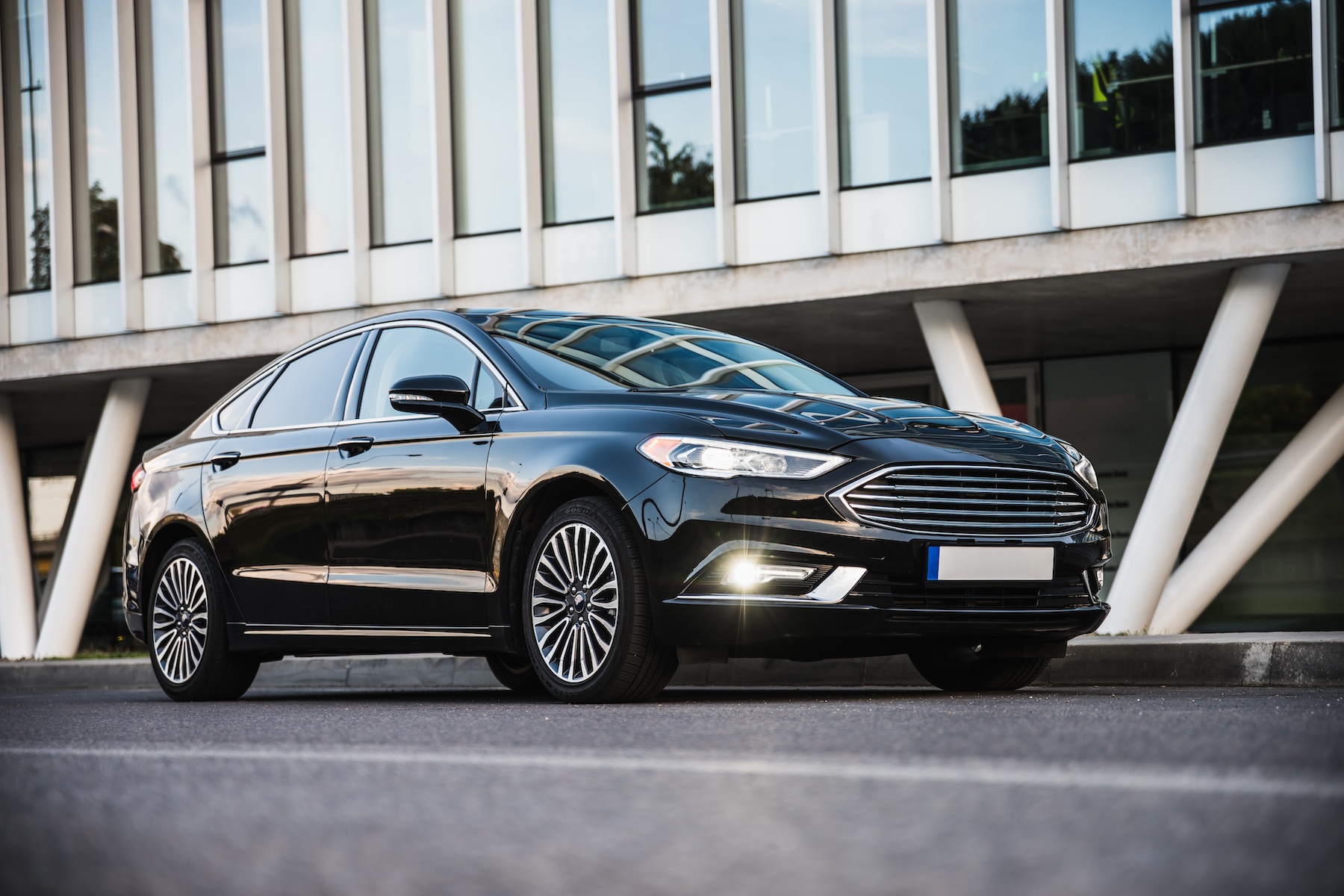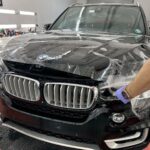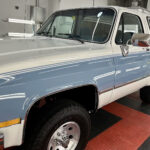When it comes to protecting your vehicle’s paint, there are several options available on the market today. Each method—wax, sealants, and Paint Protection Film (PPF)—offers distinct benefits and serves different needs depending on various factors like vehicle usage, environmental conditions, and the owner’s commitment to maintenance. This article will help you understand these options better, guiding you in making an informed decision that suits your vehicle’s needs.
Wax: Classic Shine and Aesthetic Appeal
Wax has been a traditional choice for car enthusiasts looking to enhance the shine of their vehicle. Typically made from natural carnauba wax, combined with beeswax or other natural oils, it provides a warm, deep shine that many car owners love. Wax is particularly effective at creating a rich gloss, making it ideal for classic cars or show vehicles. However, it offers the least durable protection, usually lasting only a few weeks. Wax needs frequent reapplication to maintain its effectiveness against contaminants like dirt, UV rays, and rain.
Sealants: Longer Protection with Synthetic Technology
Sealants are synthetic products that provide a more durable protective layer than traditional waxes. They are made from polymers that bond chemically with the car’s paint, offering protection that can last from six months to a year. Sealants are excellent at defending against UV rays, environmental pollution, and moisture, making them a practical choice for vehicle owners in harsh climates or those looking for a low-maintenance option. While they may not provide the same depth of shine as wax, they compensate with their longevity and stronger protective qualities.
Paint Protection Film (PPF): Ultimate Protection Against Physical Damage
PPF, also known as clear bra, is a thin polyurethane film that is applied to the exterior of a vehicle. This film is the premium choice for maximum protection against physical damages such as stone chips, bug splatter, and minor abrasions. The unique property of PPF is its ability to heal itself from minor scratches with heat exposure (from sunlight or an engine). It is virtually invisible and does not alter the original color of the paint. Installation is crucial and should be done by professionals, like those at August Precision, to ensure it is seamless and free from bubbles. PPF is more expensive than wax and sealants but offers the best protection for the long term, making it an ideal investment for high-end vehicles and those frequently exposed to rough conditions.
Which Protection Should You Choose?
Choosing the right paint protection depends on several factors:
- Budget: Wax is the most cost-effective but requires frequent applications. Sealants offer a middle ground, while PPF, though more costly, provides the most comprehensive protection.
- Vehicle Usage: If you often drive in harsh environments or are concerned about physical damage, PPF is the advisable choice. For everyday use with occasional detailing, sealants might be sufficient.
- Aesthetic Preference: For those who value aesthetics and regularly show their vehicle, wax might still be the best option due to its deep, natural shine.
- Longevity and Maintenance: Consider how much time and effort you are willing to invest in maintenance. Wax needs regular reapplication, while PPF and sealants are more set-it-and-forget-it solutions.
Conclusion
The decision between wax, sealants, and PPF depends on your personal needs, the driving conditions, and how much you’re willing to invest in your vehicle’s upkeep. Each option offers benefits ranging from aesthetic enhancement to ultimate protection. By understanding the differences and strengths of each, you can make a choice that ensures your vehicle stays protected and looks great for years to come.
For expert advice and professional application of these products, consider visiting a professional like August Precision, where your vehicle’s care is our priority.









